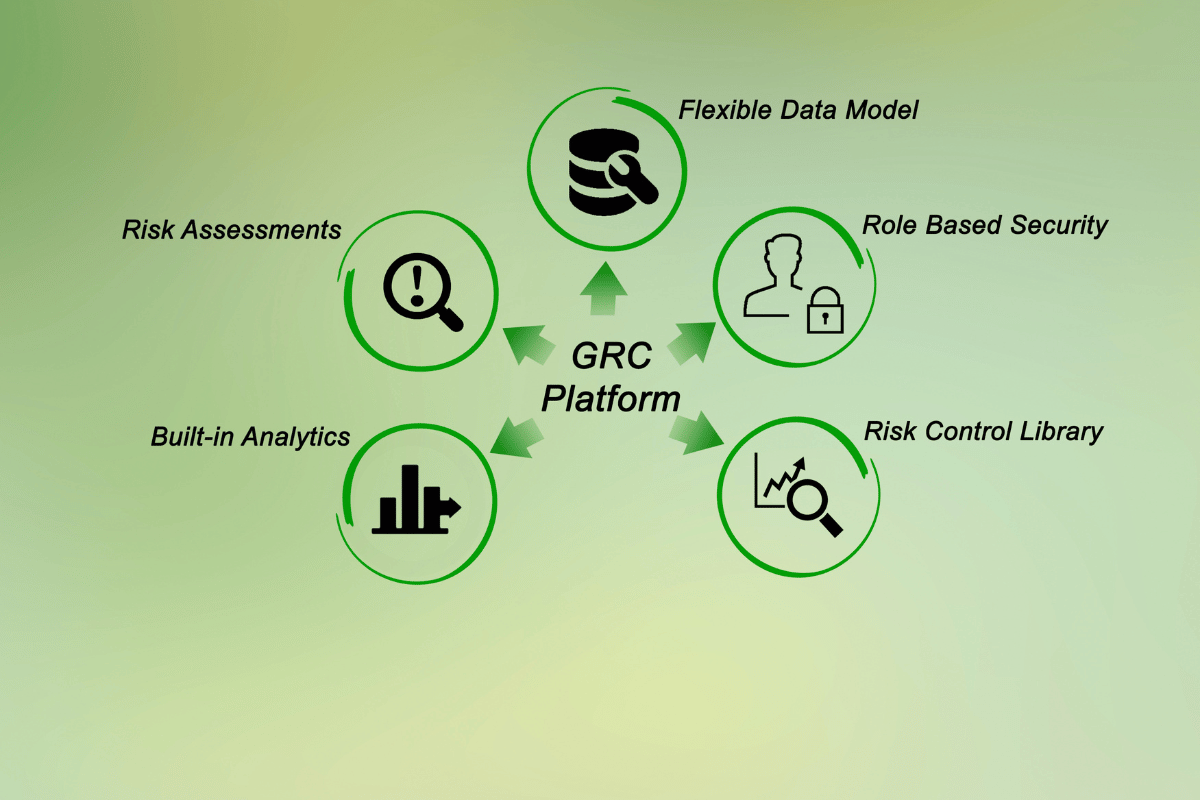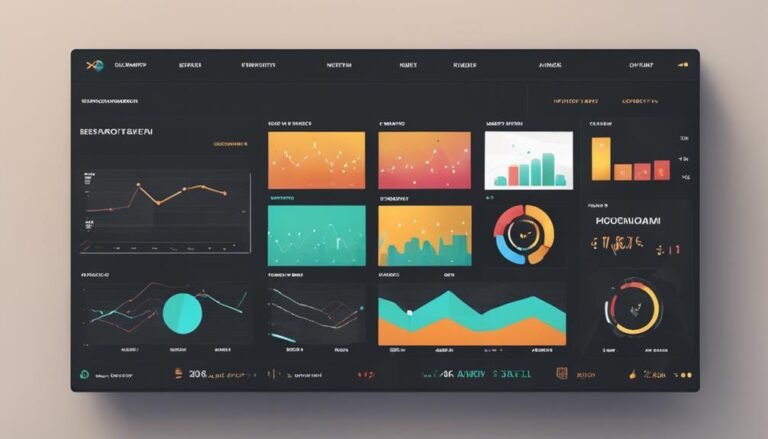A Complete Guide to Choosing the Right GRC Tool for Your Business
Dealing with governance, risk, and compliance (GRC) is crucial for business success. A GRC tool can streamline these processes, enhance decision-making, and ensure regulatory adherence. However, choosing the right GRC tool for your business can be tricky, given the many options that are available. Here’s a comprehensive guide to help you navigate this critical decision.
Assess Your Needs and Objectives
The first step in choosing a GRC tool is to clearly define your organization’s needs and objectives. Are you focused on compliance with specific regulations, such as GDPR or HIPAA? Or do you need robust risk management capabilities to handle diverse risks across your enterprise? Deciding on your primary goals will help you narrow down the options and choose Governance, Risk, and Compliance (GRC) tools that align with your specific requirements.
Evaluate Core Features
Different GRC tools offer various features, so it’s essential to evaluate the core functionalities that match your needs. Look for tools that provide:
- Risk Management: Tools should offer comprehensive risk identification, assessment, and mitigation features.
- Compliance Management: Ensure the tool can handle regulatory requirements and automate compliance reporting.
- Audit Management: A good GRC tool should facilitate audit processes, including planning, execution, and reporting.
- Policy Management: Features for creating, managing, and distributing policies are crucial for maintaining internal controls.
- Incident Management: Capabilities for tracking and managing incidents, including root cause analysis and resolution, are vital.
Consider Integration Capabilities
A GRC tool should seamlessly integrate with your existing systems, such as ERP, CRM, and financial software. Integration makes sure that data flows smoothly between systems, reduces manual data entry, and boosts overall efficiency. Evaluate how well the GRC tool integrates with your current technology stack and whether it supports APIs or pre-built connectors.
User Experience and Accessibility
The usability of the GRC tool is another critical factor. An intuitive and user-friendly tool will encourage adoption and effective use across your organization. Consider the following aspects:
- User Interface (UI): Is the UI clean and easy to navigate?
- User Experience (UX): Does the tool offer a seamless experience with minimal training required?
- Accessibility: Ensure the tool is accessible to all users, including those with disabilities, and supports multiple devices (desktop, mobile).
Scalability and Flexibility
As your business grows, your GRC needs may evolve. Pick a tool that is scalable and flexible enough to adapt to changing requirements. Look for features that allow you to customize workflows, add modules, and scale up as needed. This adaptability will help you future-proof your investment and avoid the need for frequent tool replacements.
Vendor Reputation and Support
Research the reputation of the GRC tool’s vendor. A well-established vendor with a strong track record is more likely to offer reliable and effective solutions. Check customer reviews, seek references, and evaluate the vendor’s support services. Good customer support and ongoing updates are essential for addressing issues and keeping your tool current with evolving regulations and technology.
Cost and ROI
Lastly, consider the cost of the GRC tool in relation to the value it provides. Look at the total cost of ownership, including licensing, implementation, training, and ongoing maintenance. Compare this with the potential return on investment (ROI) from improved efficiency, reduced risk, and enhanced compliance.
By carefully assessing these factors, you can select a GRC tool that enhances your organization’s governance, risk management, and compliance efforts, ultimately contributing to its success and sustainability.







